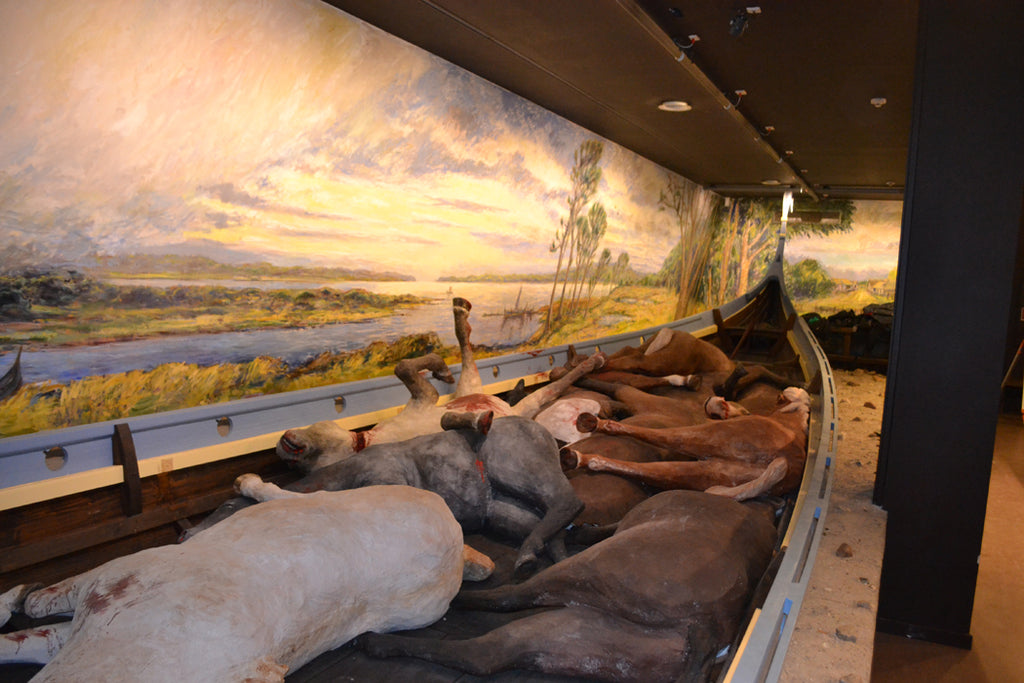Viking Ladby Ship: First Viking Ship Excavated in Denmark
It seems like the Vikings never disappoint us even if their glory has gone for centuries. Among all the famous Viking ships ever excavated, the Ladby ship was among the least famous. Yet, it holds not only historical but also religious importance for not only the Danes but also Viking enthusiasts.
The Ladby ship was a part of the Viking burial mound on an island named Funen southwest of Kerteminde, Denmark.

Viking Ladby anchor
The remains of the burial mound helped the archaeologists to conclude that the ship dated back to around the 9th or 10th century. What astonished the archaeologists were not only the ship but also the luxurious grave goods inside.
Indeed, a man who could afford himself this kind of burial was no ordinary man. Unfortunately, his identity forever remains a mystery. Many scholars believed that he was a minor king during the time of King Harald Bluetooth who unified Denmark under a single banner. Others believed that he was a talented Viking warrior who had a high social rank and extremely wealthy.

Ladby ship decoration of dragon
Regarding the ship, we now can only estimate the size of the ship. Because the ship burial had been broken into prior to the excavation. This allowed the oxygen to leak into the burial mound and decompose what was inside. And it of course didn't spare the ship. When the spade of the archaeologists touched the burial mound, the ship was completely gone. We only know that there once was a ship lying inside the burial mound thanks to 2,000 rivets inside. The dragon curls which once acted as the ship decoration were still there when the archaeologists got into the burial mound.
The ship was 21.5 meters in length and 2.75 meters in width. It was probably a ship with 32 rowers.
Inside the burial mound, the archaeologists discovered many remains of horses and dogs. Horses were placed at the bow of the ship. There were 11 horses in total. Dogs were also buried as the Vikings believed that the dogs would accompany the deceased in the afterlife.
What interested the archaeologists was the Ladby anchor which was much larger than the Oseberg anchor in Norway.
The grave goods included many types of weapons, utensils, textiles, riding gear, and even board game.




